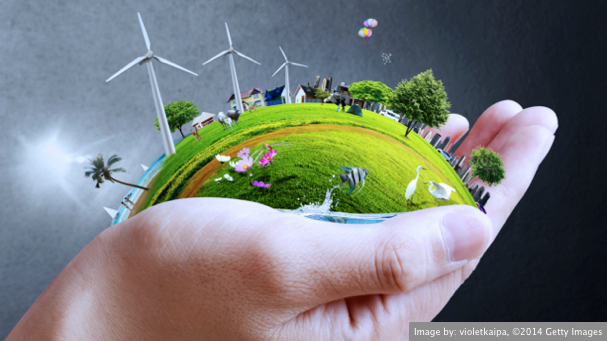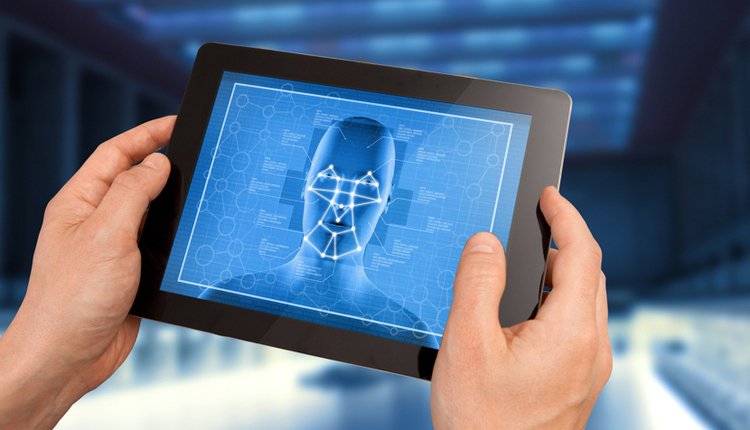
Last month, I wrote about seven areas which are positively impacted when companies migrate customers from paper to eDelivery and eBilling. This month, let’s focus on the environment.
Businesses are spending a lot of money on environmentally beneficial projects that have a long return on investment (ROI): putting solar panels on roofs, adding fuel cell power plants and replacing incandescent lights with LED lighting are common. Good for the environment, yes; one-, two- or three-year payback, doubtful.
So, why not focus on a project that is a) good for the environment and b) can pay for itself in hard dollar savings in less than a year.
Environmental impact of mail
When we think of paper, we think of trees. But we often forget about what it takes to make the paper, run the machines and move the mail.
The buzz around the environmental impact of mail has died down a bit; however, I was able to find some very practical information from a United States Postal Service (USPS)-funded study, published in 2008, called “The Environmental Impact of the Mail: Initial Life Cycle Inventory Model and Analysis,” by SLS Consulting. Using this study and an impact calculator from PostalCalculator.org, we can pinpoint an individual company’s mail environmental footprint.
MORE: 7 Items to Include in Any Business Case for eBilling and eDelivery
The final calculation is dependent on the type of mail, the use of recycled paper and, of course, the weight of the mailpiece.
For every 100,000 .5 ounce letters (that is just 450/day over a year) using 50% recycled paper, the impact is significant:
Lost trees: 6,200 pounds
Wasted energy: 47 million BTUs of energy–52% of an average US household for a year
Polluting greenhouse gases (carbon dioxide equivalent): 7,200 pounds–20% of what one car emits in a year
Waste water: 22,900 gallons
Solid waste to be dumped or recycled: 2,600 pounds
While people love to argue about the validity of global warming and the science behind it, there is no disagreement about ensuring that our planet has cleaner air, cleaner water, fewer landfills and less imported energy.
Moving from paper to eDelivery/eBilling can ensure that your mail service positively impacts your community, your customers and your company. Done right, there are benefits to multiple constituencies within the company sending the mail: finance, marketing, customer communications, etc. will all be favorably impacted; customers can get mail delivered when and where they want it; and Net, Net–the environment can thank you as well.
Richard Rosen is the chief executive officer of The RH Rosen Group, a firm that provides solutions to help businesses improve processes and customer communications with the intent to create real, recurring benefits in: cost reduction, electronic payment, shipment tracking and printing/mailing. Contact him at RichR@RHRosenGroup.com or visit www.rhrosengroup.com.














